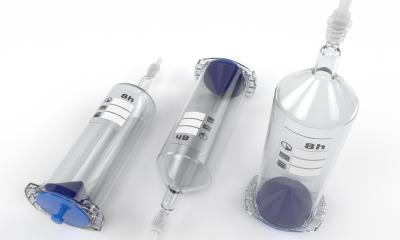What´s new in ultrasound and contrast agents?
Critical ultrasound, as a tool for immediate therapeutic decisions, and emergency POC ultrasound – an extension of the clinical examination at the bedside or on the accident scene – have shown clear benefits along with lung ultrasound.
A technique with widespread uses and advantages, particularly in helping with rapid diagnosis in patients with acute respiratory failure, as well as less critical areas.
Contrast agents
Dose levels and contrast agents, frequently debated at radiology conferences, due to concern over patient and staff safety, aim to provide quality images and therefore the best clinical outcome. Dr Manthos Koutalonis, Medical Physicist at the Barts and The London NHS Trust – Radiation Safety Group, said that managing dose remains a highly important task for a clinical radiation safety team, but, added: ‘In terms of dosimetry during interventional radiology and fluoroscopy procedures, something really clever and useful, released this year, was the DoseAware personal realtime dose meter system by Philips Healthcare.
In his hospital’s angio and fluoroscopy rooms, each radiologist has his personal dose meter with a screen in the room. This shows in real-time how much dose each staff member has acquired. ‘In this way, staff can immediately adjust their working habits to minimise radiation exposure,’ he said. ‘We’ve installed this in one of our angio rooms and noticed a significant reduction in staff dose. It really makes life easier for physicists who monitor staff and for radiologists and radiographers, who feel safer.’
Improved contrast agents and technology are factors in helping reduce the dose, though allergic reactions, contrast induced nephrotoxicity, nephrogenic systemic fibrosis (NSF), and extravasations etc. remain a concern with contrast agents. Nonetheless, there have been a number of new developments in contrast agents. Ultrasmall Superparamagnetic Iron Oxide contrast agents, designed to help improve the assessment of cancer spread to the lymph nodes are still at the experimental stage, although already used to some effect on patients. Radiologists are also exploring how to develop ultrasound contrast agents further and the possibilities of using that in liver disease and monitoring chemotherapy effects.
22.02.2012











